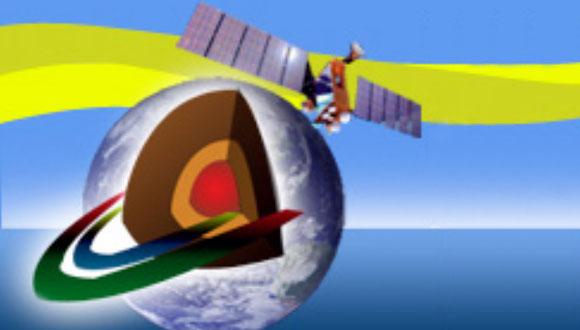Dept. of Geosciences Colloquium: Probing active faults using seismic interferometry and opportune noise sources
Florent Brenguier, ISTerre Grenoble
Zoom: https://us02web.zoom.us/j/84082397568
Abstract:
While long sought, the quest for earthquake precursors has led to illusive results and the question whether or not large earthquakes are preceded by a specific preparation phase that differs them from smaller ruptures is still strongly debated. Seismicity as observed at surface does not seem to catch the full range of dynamic processes occurring within fault zones and aseismic movement detection is limited by our inability to widely and directly measure deformation at seismogenic depth. Recently, the results of a permanent active seismic source monitoring experiment in Japan have proved that it is possible to observe seismic velocity temporal changes near seismogenic depths that can probe long-term tectonic stress loading and short-term damage from the shaking of distant earthquakes raising hopes of unveiling key earthquake preparation processes. In this work we focus our attention on the San Jacinto fault, a portion of the San Andreas fault that generates 10 % of the total seismicity of Southern California.
We show that we can apply seismic interferometry to sensors across the fault using tremor generated by massive freight trains traveling in the region to retrieve virtual seismic sources of body-waves. These body-waves that travel through the fault zone at a few kilometers depth mimic the Japan experiment using only noise sources that have been active along these railways for decades. Applying this approach to permanent seismic stations in the region allows us to build a dataset of stable virtual sources for the last 10 years. With about one good quality virtual source per day, the monthly averaged virtual source gather allows us to measure travel time shifts with a precision similar to the controlled source experiment in Japan. By leveraging the availability of free sources of noise and our ability to deploy a large number of sensors across the fault, we envision mapping velocity changes along this fault with an unprecedented coverage and extending this approach to all active faults surrounded by opportune seismic noise sources.
Event Organizers: Dr. Roy Barkan and Dr. Asaf Inbal


